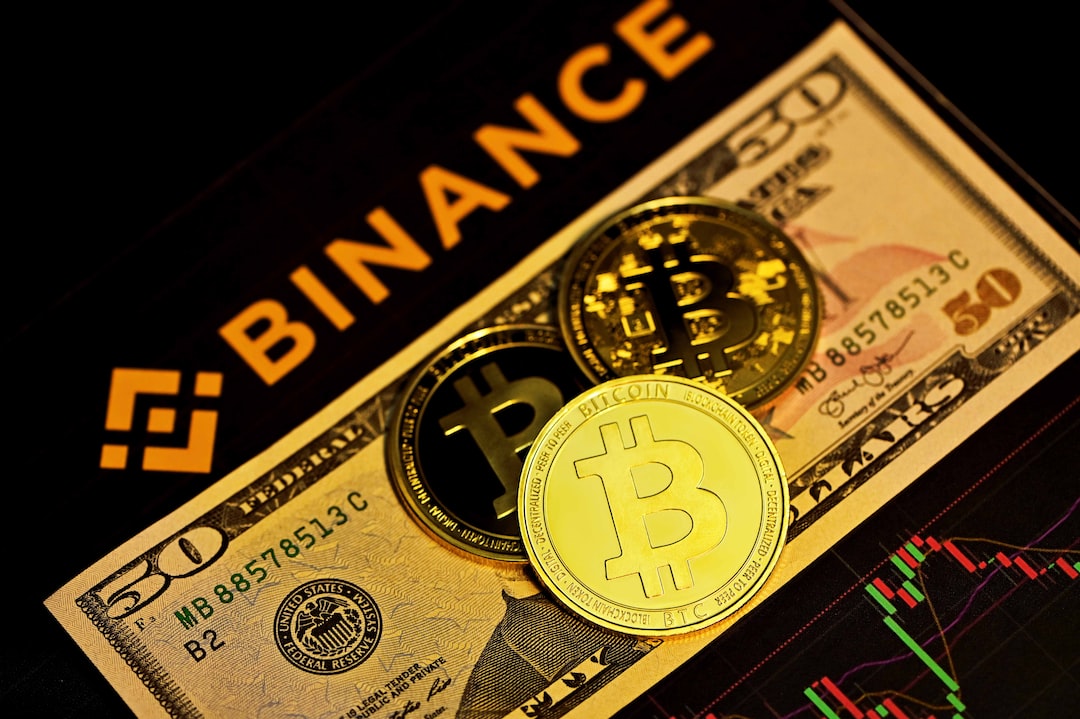Russia’s CBDC, the Digital Ruble, Could Drive De-Dollarization, Says Former Government Minister
A former government minister in Russia has claimed that the country’s central bank digital currency (CBDC), the digital ruble, will help in the fight against black market dollar trading and spur de-dollarization. Sergei Kalashnikov, a former Minister of Labor and Social Development and deputy chairman of the Sate Duma’s Committee on Economic Policy, believes that the digital ruble will reduce the possibility of official currency going to the black market and adjust its value. This wider use of the digital ruble is expected to affect the growth of the dollar against the ruble.
The Falling Value of the Ruble
The value of the ruble against the USD has significantly decreased over the past year, falling by over a third since the beginning of this year. To combat this situation, Russia’s Central Bank has been exploring the potential of its digital ruble for cross-border transactions and allowing foreign investors to purchase tokens. The Russian government is keen to use its CBDC as part of its de-dollarization efforts in international trade. By targeting both domestic black market activities and reducing reliance on the dollar, Russia aims to strengthen its economy.
The Push for De-Dollarization
Since 2014, Russia has been working to reduce its dependence on the US dollar. Chinese thinkers have also suggested that digital fiat currencies can help break USD hegemony. In addition to addressing international trade issues, Kalashnikov’s comments indicate that Russia wants to tackle domestic black market activities that have thrived under Western-led sanctions regimes. While citizens’ savings have been affected by the falling ruble, there are no plans to force citizens to use the CBDC or outlaw cash. However, there have been discussions about marking tokens to trace transactions, which could potentially threaten the ruble-USD black market.
The Rise of Crypto for International Transactions
If the digital ruble’s tracing capabilities are implemented, it could lead to a rise in the use of cryptocurrencies for sending Russian money abroad. Transparency International’s Russia branch has already found evidence of Russians using stablecoins like USDT to send money to locations such as the UK through illegal Moscow-based crypto exchanges and brokers. While this scenario remains unlikely, it highlights the potential impact of increased de-dollarization efforts and the need for effective regulation.
Hot Take: Russia’s Digital Ruble Poses Challenges and Opportunities
Russia’s digital ruble presents both challenges and opportunities for the country. By targeting domestic black market activities and reducing reliance on the US dollar, Russia aims to strengthen its economy and increase its influence in international trade. However, the implementation of a CBDC with tracing capabilities may lead to unintended consequences, such as a rise in the use of cryptocurrencies for illicit activities. Striking a balance between achieving de-dollarization goals and maintaining financial stability will be crucial for Russia’s success in implementing its digital ruble.





 By
By
 By
By
 By
By
 By
By
 By
By